Research on the Balancing Mechanism of Enterprise Knowledge Exploration and Utilization with the Aid of AI
DOI: 10.23977/infkm.2025.060118 | Downloads: 10 | Views: 712
Author(s)
Baolin Tan 1
Affiliation(s)
1 School of Business Administration, Guizhou University of Finance and Economics, Guiyang, Guizhou, 550025, China
Corresponding Author
Baolin TanABSTRACT
With the rapid development of information technology, artificial intelligence is more important in the transformation and innovation of enterprise knowledge management. By combing the relevant theoretical foundations and the support mechanism of AI technology for organizational ambidexterity, this paper finds that AI not only enhances the dynamic ability of enterprises in terms of data perception, knowledge integration and collaboration, but also enables enterprises to have a dynamic balance between knowledge exploration and utilization in an uncertain environment by constructing a support mechanism at the cognitive, structural and behavioral levels. At the same time, this paper points out the problems of scattered research frameworks and single methodological paths. This paper systematically analyzes the role of AI on the ambidexterity of organizational knowledge, and also provides a theoretical basis and practical enlightenment for enterprises to formulate the integration scheme of AI and knowledge strategy.
KEYWORDS
Artificial Intelligence, Knowledge Exploration, Knowledge Exploitation, Organizational Ambidexterity, Knowledge ManagementCITE THIS PAPER
Baolin Tan, Research on the Balancing Mechanism of Enterprise Knowledge Exploration and Utilization with the Aid of AI. Information and Knowledge Management (2025) Vol. 6: 131-137. DOI: http://dx.doi.org/10.23977/infkm.2025.060118.
REFERENCES
[1] Dwivedi, Y. K, et al. (2021). Artificial Intelligence(AI):Multidisciplinary perspectives on emerging challenges, opportunities, and agenda for research, practice and policy. International Journal of Information Management, 57, 101994. doi:10. 1016/j. ijinfomgt. 2019. 08. 002
[2] March, J. G. (1991). Exploration and exploitation in organizational learning. Organization Science, 2(1), 71–87. doi:10. 1287/orsc. 2. 1. 71
[3] Gupta, A. K, Smith, K. G, & Shalley, C. E. (2006). The interplay between exploration and exploitation. Academy of Management Journal, 49(4), 693–706. doi:10. 5465/amj. 2006. 22083026
[4] Tushman, M. L, & O'Reilly, C. A. (1996). Ambidextrous organizations: Managing evolutionary and revolutionary change. California Management Review, 38(4), 8–30. doi:10. 2307/41165852
[5] Gibson, C. B, & Birkinshaw, J. (2004). The antecedents, consequences, and mediating role of organizational ambidexterity. Academy of Management Journal, 47(2), 209–226. doi:10. 5465/20159573
[6] Wamba-Taguimdje, S. L, Fosso Wamba, S, Kala Kamdjoug, J. R, & Tchatchouang Wanko, C. E. (2020). Influence of artificial intelligence (AI) on firm performance: The business value of AI-based transformation projects. Business Process Management Journal, 26(7), 1893–1924. doi:10. 1108/BPMJ-10-2019-0411
[7] Sjödin, D, Parida, V, Palmié, M, & Wincent, J. (2021). How AI capabilities enable business model innovation: Scaling AI through co-evolutionary processes and feedback loops. Journal of Business Research, 134, 574–587. doi:10. 1016/j. jbusres. 2021. 05. 009
[8] Chatterjee, S, Rana, N. P, Tamilmani, K, & Sharma, A. (2021). The effect of AI-based CRM on organization performance and competitive advantage: An empirical analysis in the B2B context. Industrial Marketing Management, 97, 205–219. doi:10. 1016/j. indmarman. 2021. 07. 013
[9] Raisch, S, & Birkinshaw, J. (2008). Organizational ambidexterity: Antecedents, outcomes, and moderators. Journal of Management, 34(3), 375–409. doi:10. 1177/0149206308316058
[10] Jarrahi, M. H. (2018). Artificial intelligence and the future of work: Human-AI symbiosis in organizational decision making. Business Horizons, 61(4), 577–586. doi:10. 1016/j. bushor. 2018. 03. 007
[11] Kerzel, U. (2020). Enterprise AI Canvas: Integrating Artificial Intelligence into Business. arXiv preprint arXiv:2009. 11190. doi:arXiv:2009. 11190
[12] Shrestha, Y. R, Ben-Menahem, S. M, & von Krogh, G. (2019). Organizational decision-making structures in the age of artificial intelligence. California Management Review, 61(4), 66–83. doi:10. 1177/0008125619862257
[13] Kortmann, S, Perols, J, & Zimmermann, C. (2023). The Theoretical Case of Agile Ambidexterity. Open Journal of Business and Management, 11(4), 1854-1864. doi:10. 4236/ojbm. 2023. 114103
[14] Liu, J, Chang, H, Forrest, J. Y. -L, & Yang, B. (2020). Influence of artificial intelligence on technological innovation: Evidence from the panel data of China's manufacturing sectors. Technological Forecasting and Social Change, 158, 120142. doi:10. 1016/j. techfore. 2020. 120142
[15] Wamba, S. F, Gunasekaran, A, Akter, S, Ren, S. J. -F, Dubey, R, & Childe, S. J. (2017). Big data analytics and firm performance: Effects of dynamic capabilities. Journal of Business Research, 70, 356–365. doi:10. 1016/j. jbusres. 2016. 08. 009
[16] Wang, R, & Yin, Y. (2024). Exploring the impact of artificial intelligence on knowledge management in automotive manufacturing within different cultures: China and Germany as examples. Proceedings of the 25th European Conference on Knowledge Management, 1051–1061. doi:10. 34190/eckm. 25. 1. 2415
[17] Cui, J. (2025). The explore of knowledge management dynamic capabilities, AI-driven knowledge sharing, knowledge-based organizational support, and organizational learning on job performance: Evidence from Chinese technological companies. arXiv preprint arXiv:2501. 02468. doi:arXiv:2501. 02468
[18] Faraj, S, Pachidi, S, & Sayegh, K. (2018). Working and organizing in the age of the learning algorithm. Information and Organization, 28(1), 62–70. doi:10. 1016/j. infoandorg. 2018. 02. 005
[19] Benbya, H, Nan, N, & Tanriverdi, H. (2020). Complexity and information systems research in the emerging digital world. MIS Quarterly, 44(1), 1–17. doi:10. 25300/MISQ/2020/13747
[20] Berente, N, Gu, B, Recker, J, & Santhanam, R. (2021). Managing artificial intelligence. MIS Quarterly, 45(3), 1433–1450. doi:10. 25300/MISQ/2021/16274
[21] Batool, A, Zowghi, D, & Bano, M. (2024). Responsible AI Governance: A Systematic Literature Review. arXiv preprint arXiv:2401. 10896. doi:arXiv:2401. 10896
| Downloads: | 3585 |
|---|---|
| Visits: | 159218 |
Sponsors, Associates, and Links
-
Journal of Language Testing & Assessment
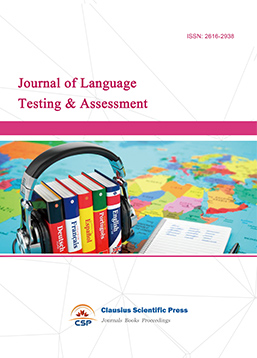
-
Military and Armament Science
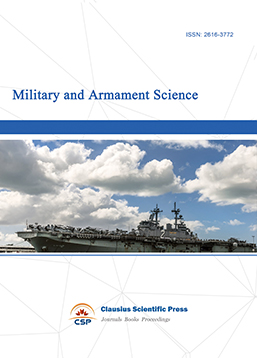
-
Media and Communication Research
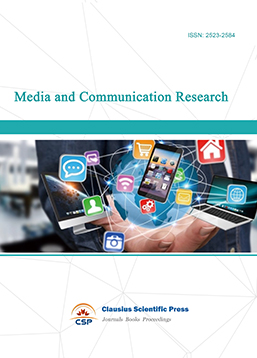
-
Journal of Human Movement Science
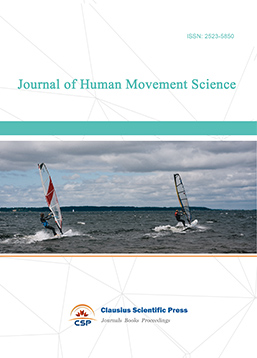
-
Art and Performance Letters

-
Lecture Notes on History
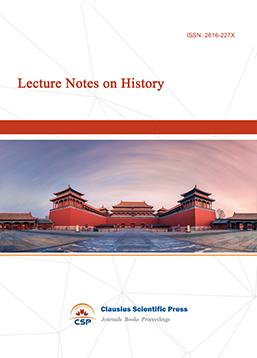
-
Lecture Notes on Language and Literature

-
Philosophy Journal
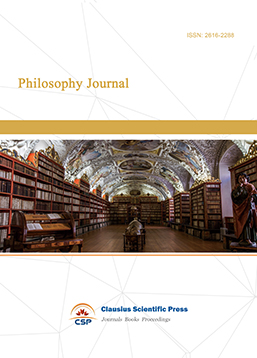
-
Science of Law Journal
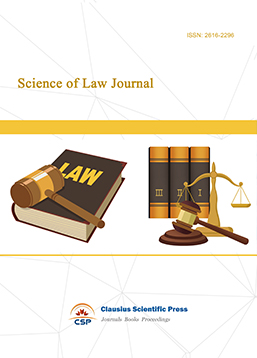
-
Journal of Political Science Research
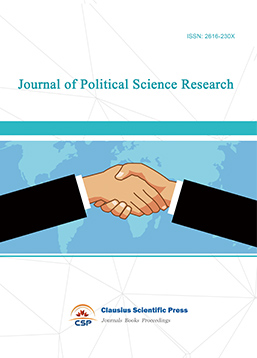
-
Journal of Sociology and Ethnology
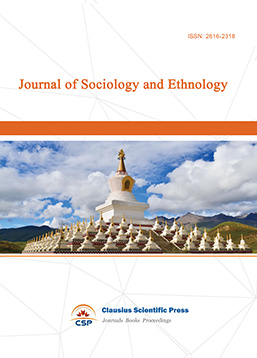
-
Advances in Broadcasting


 Download as PDF
Download as PDF